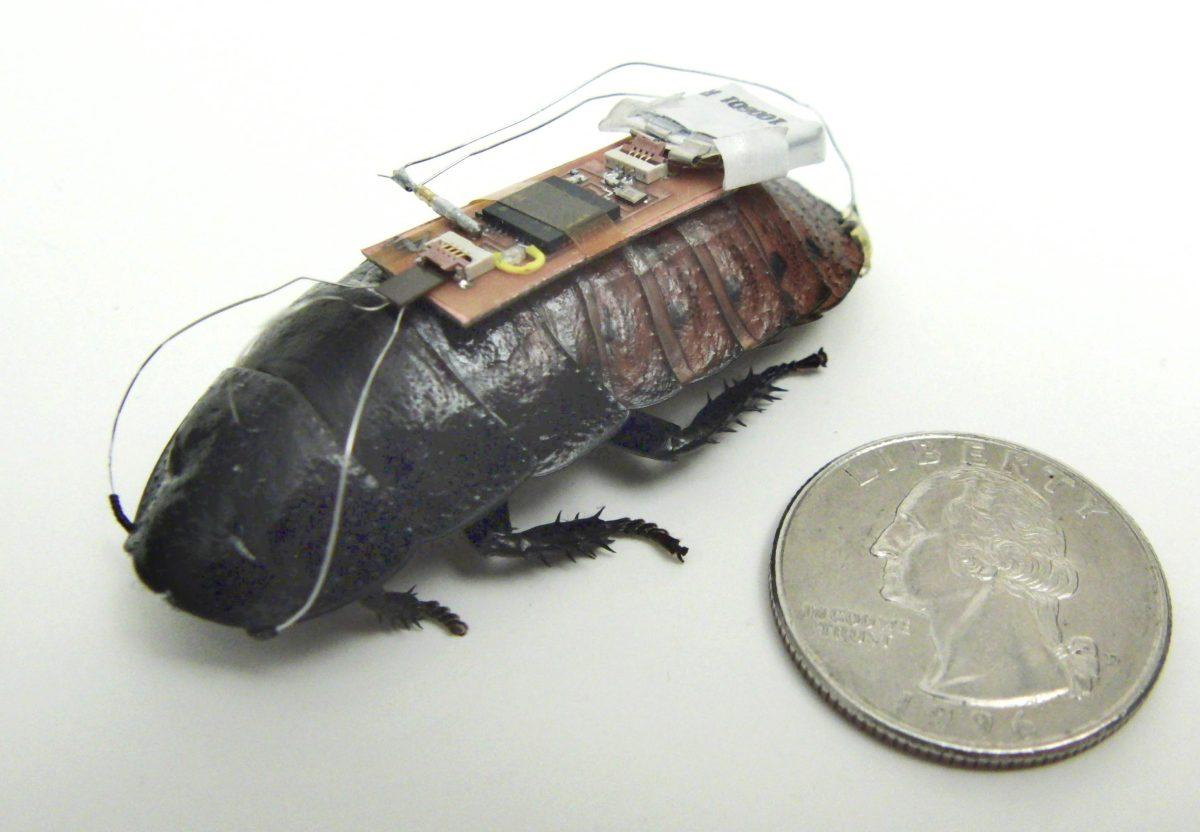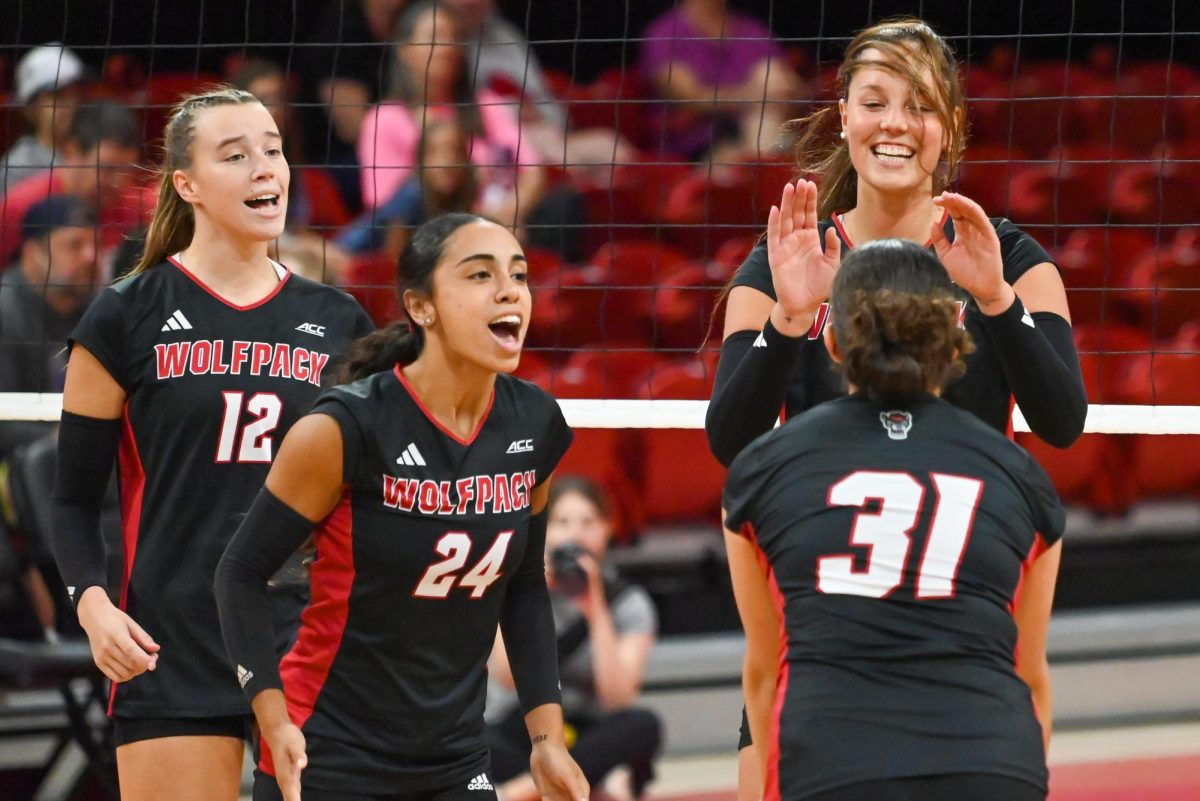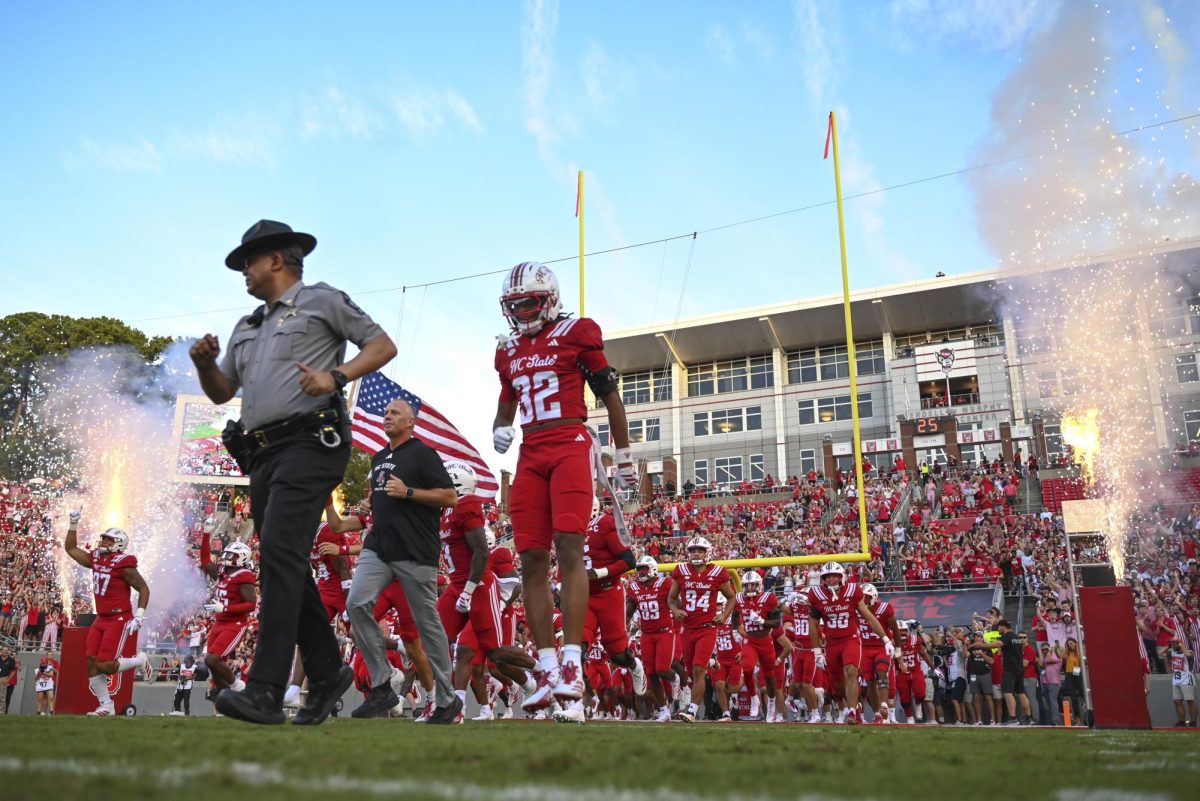Bionic insects were once the stuff of science fiction movies–but no more.
Alper Bozkurt, an assistant professor in computer and electrical engineering at N.C. State, has developed a way to remotely control insects similarly to an RC car.
Currently, his main research subject is the Madagascar hissing cockroach, which can be kept as a pet and can reach a length of up to 3 inches. When equipped with electronics, it becomes a biobot.
“We implant electrodes in the muscles and the sensory organs of the insects,” Bozkurt said. “We then send very tiny electrical pulses, depending on where the implant is, if it is in the muscle, it creates an actuation of the insect.”
Bozkurt went on to explain how the project researchers could tell the cockroaches where to go.
“If the implant is in the sensor organ, it sort of simulates environmental signals and makes the insect think it’s sensing something,” Bozkurt said. “A cockroach navigates by using the antenna to understand the physical environment–like a blind person using fingers to understand the surroundings to get a feel of the 3D environment around them. The implant simulates that.”
The biobots research project also recently expanded to include hawk moths in a partnership with Tyson L. Hedrick of the UNC Chapel Hill biology department.
Bozkurt said the biobots research with hawk moths was coming along relatively well.
“We were able to initiate the flight and stop flight,” Bozkurt said. “We were also able to make it go right or left. We basically override the natural movement of the insect. Our ultimate aim is to have them controlled like an RC plane.”
In addition to working with biobots, Bozkurt also served as a consultant for the 2009 “spy-fi” movie G-Force and contributed to the creation of the Agent Mooch character, a housefly with surveillance equipment.
“They invited me to Hollywood while they were shooting the movie,” Bozkurt said. “I saw them while they were recording the pictures, and I have a couple of pictures from the movie set.”
The biobot cockroaches may ultimately be used for search and rescue missions. One of the researchers’ goals is to leave the insects with some degree of autonomy so they can navigate through more difficult environments.
“We want to benefit from their natural instincts to find their way under such unknown and dynamic conditions,” Bozkurt said. “Like, if it gets trapped in a hole, the insect can find its way out. If it’s under your control all the time, then you need to know the environment well.”
The insects have tiny electronic backpacks that send and receive signals as well as control it. Currently, the researchers use radios with tiny microphones attached.
One of the research group’s ultimate goals is to incorporate so-called “swarm dynamics.”
“There is this concept of sensor networks where they can form a chain of information from one insect to another,” Bozkurt said. “You can build that link with a group of insects, sending it from one to another rather than the direct transmission to the first responder. This actually helps us miniaturize our backpacks, since otherwise we would need really strong radios to transmit under the rubble all the way to the responder outside.
Last year, Bozkurt and his team received a million-dollar grant from the National Science Foundation for the project.
The two other people at N.C. State working on this are Edgar Lobaton and Mihail Sichitiu. Lobaton is working on search-and-rescue algorithms and Mihail works on establishing sensor networks using tiny radios.
There are plans to expand the use of the biobots beyond search and rescue.





